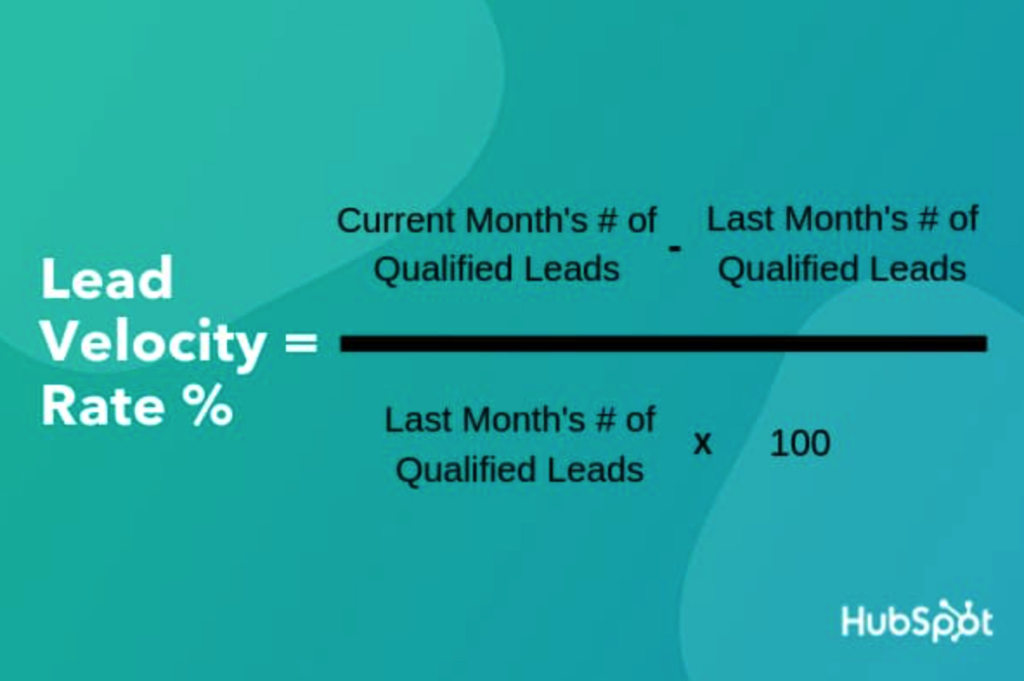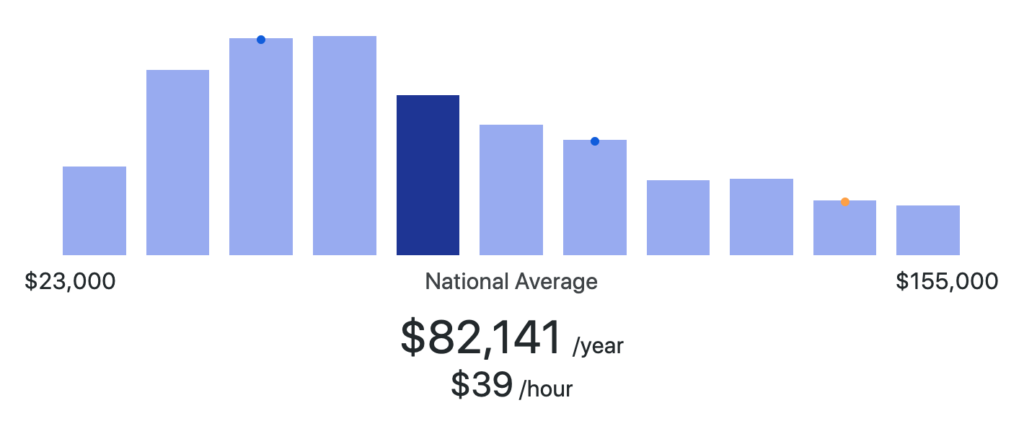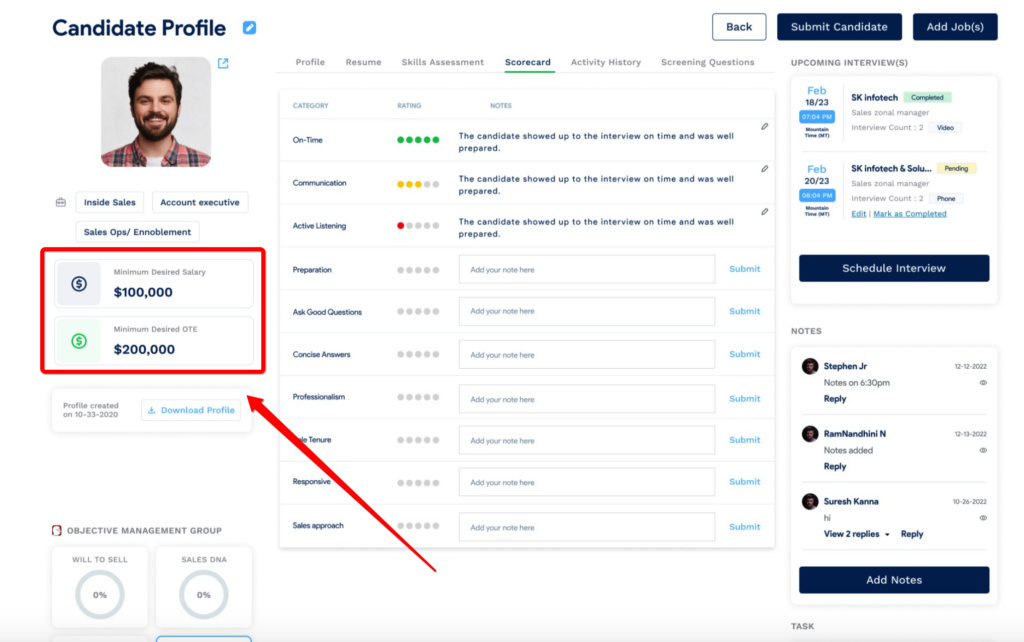The global SaaS market went from being worth just under $50 billion in 2016 to over $145 billion in 2022. With this growth comes a huge opportunity for hungry tech entrepreneurs and sales professionals. If you’re new to the industry, there are several SaaS sales terms you’ll need to know to get started on the right foot.
Here are nine to add to your vocabulary.
1. Customer Journey
Seldom do leads land on your website and whip out their payment card and buy right away. Usually, there are several touchpoints along the way where a prospect first learns about your product, interacts with content and sales materials, reviews the pros and cons, speaks with a SaaS sales rep, and so on before finally making the decision to buy.
And it doesn’t end there. Even after buying, there’s the post-purchase stage where a customer decides if they want to continue using your product and recommend it to others.
This is collectively known as the customer journey, which breaks down like this.
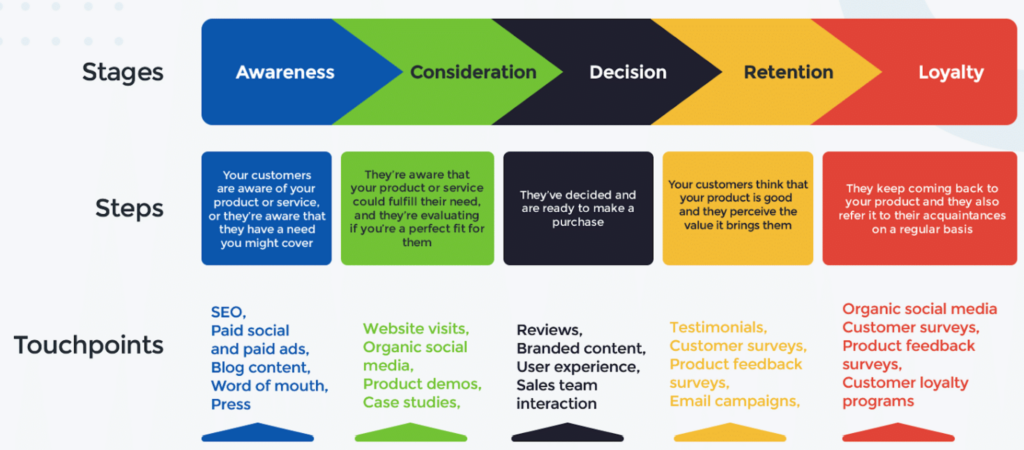
Having a clear idea of how the customer journey unfolds is a necessary precursor to equipping your sales team for success.
2. Freemium
An increasingly popular way to get your foot in the door with leads and motivate them to use your product is by offering a “freemium” version, which includes “basic or limited features to users at no cost and then charges a premium for supplemental or advanced features.”
While it’s not the right business model for everyone, it can be a smart move for many businesses. And training SaaS sales reps to push it can be instrumental in fueling growth.
3. Marketing Qualified Lead (MQL)
An MQL is a lead toward the top of the sales funnel who has expressed some level of interest in your product but not enough to be passed off to your sales team.

This type of lead may show promise but doesn’t have the same amount of intent as an SQL, which I’ll discuss next. Therefore, an MQL is a lead that still requires nurturing from your marketing team and isn’t one your sales team should focus on yet.
4. Sales Qualified Lead (SQL)
An SQL is someone who has moved down the sales funnel to either the decision or action stage.
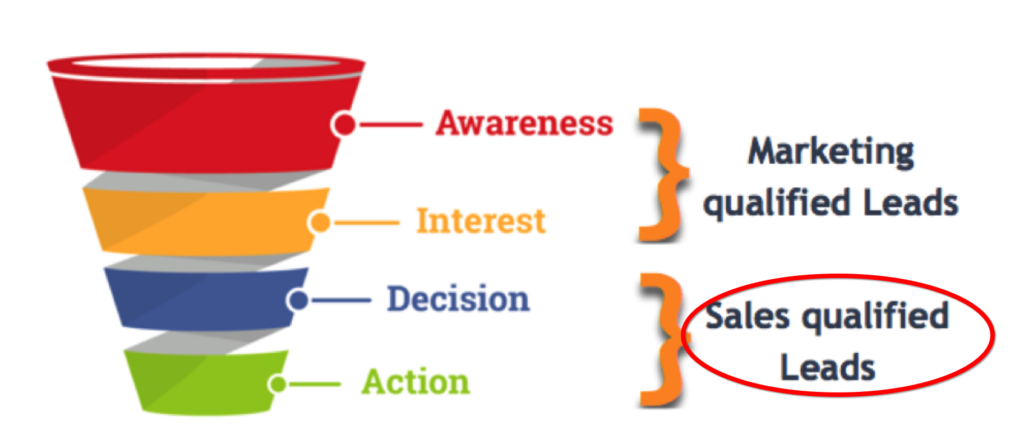
They have expressed a strong intent to buy and have a high lead score. Therefore, an SQL is a high-priority lead that your sales team would want to swiftly reach out to over an MQL.
5. Product Qualified Lead (PQL)
A PQL is a lead that has used your product, typically via a free trial or freemium version. They have experienced it in action firsthand and understand the value it offers.
Because of this level of engagement, PQLs have a much higher chance of converting than a lead higher in the sales funnel like an MQL. As a result, you’ll want your SaaS sales team to place a high priority on PQLs and perform systematic outreach to increase the odds of converting.
6. Lead Velocity Rate (LVR)
LVR is the growth percentage of qualified leads you generate month-to-month. While it doesn’t necessarily tell the whole story and can be a “vanity metric” if misused, I believe LVR is definitely something you want to be aware of, as it gives you a baseline reading of the trajectory your sales team is on.
For example, a steady increase in the number of qualified leads month-to-month usually indicates you’re on the right track and positioned for growth. Of course, it doesn’t mean much if your sales team isn’t converting leads, but more often than not, a positive LVR shows you’re in a good place.
As for the formula for calculating LVR, it is as follows.
7. Customer Lifecycle
This overlaps somewhat with the customer journey but focuses more on the post-conversion part of the process. Simply put, it’s the series of steps involved in a lead’s decision-making and extends beyond the purchase to product activation, renewal, and referral.
HubSpot illustrates the SaaS customer lifecycle perfectly with this graphic.

A big part of creating a successful SaaS company is fine-tuning your customer lifecycle so you’re able to fluidly move customers through the process while minimizing friction. To learn the fundamentals of the customer journey, I suggest reading this post from HubSpot.
8. Cohorts
Cohorts are a group of customers that share something in common, such as specific traits or behavior. A simple example would be a group of customers that purchase your product at the same time and go through the same onboarding process.
Performing cohorts analysis is important because it helps you understand what contributes to success so you can replicate it while also eliminating inefficiencies. If, for example, after experimenting with a new sales technique there was a surge in the number of customers signing up, this is likely a strategy you would want to repeat.
9. Value Gap
This is the difference between what a customer expects and what they actually get. A large value gap is problematic because it usually leads to customer dissatisfaction, which can reduce loyalty and increase churn.

Lowering the value gap requires a two-pronged approach, involving sales and the post-sale process of onboarding and customer service. The latter I won’t get into, but from the sales side of things, this means setting the right expectations from the start and ensuring your sales team provides customers with a realistic overview of product features and capabilities, as well as limitations.
Adding Key SaaS Sales Terms to Your Vocabulary
There’s been an explosion in the SaaS industry as of late. With market growth and revenue continuing to increase, there’s plenty of opportunity.
A critical starting point for breaking into the SaaS industry is having a command of essential SaaS sales terms. While the full “dictionary” is an extensive one, the terms listed above should help you get a basic grasp and ensure you focus on the right areas.
Looking to build an elite SaaS sales team using cutting-edge, science-based technology? See how HireDNA can help you find the right talent with 4x greater accuracy than traditional resumes and phone screening.

